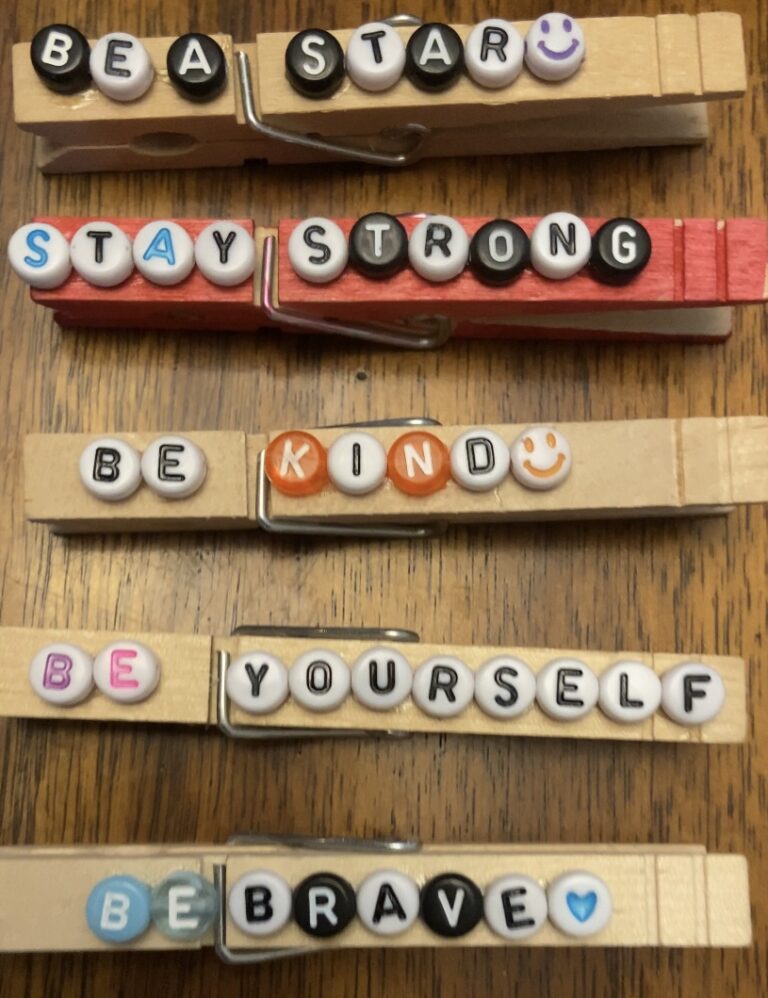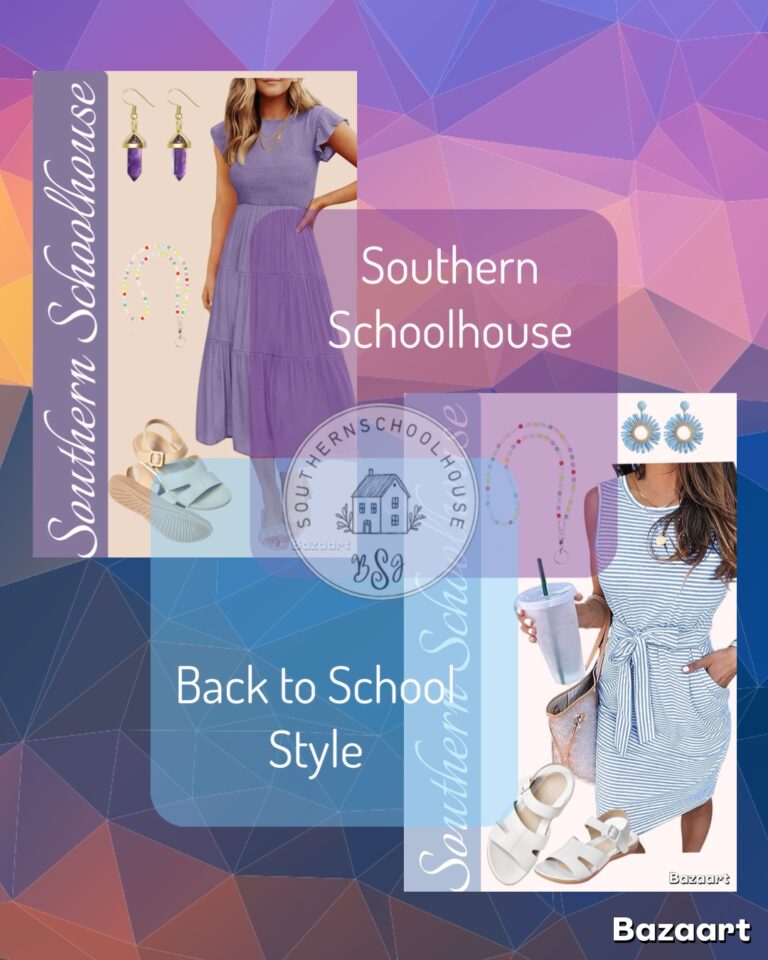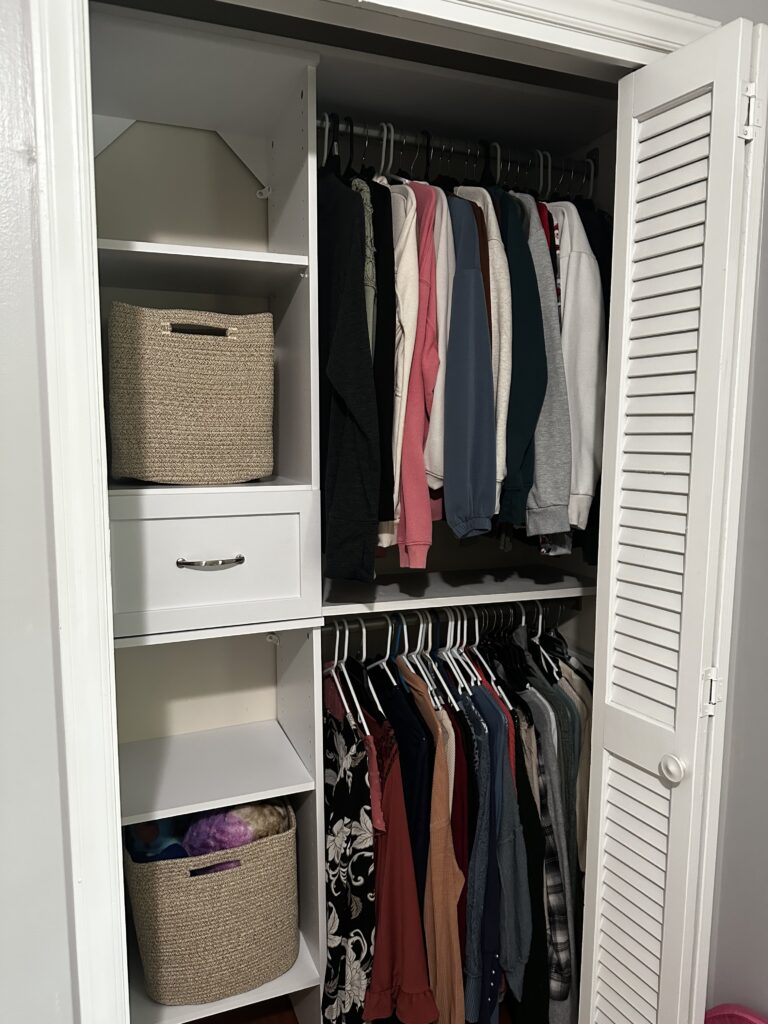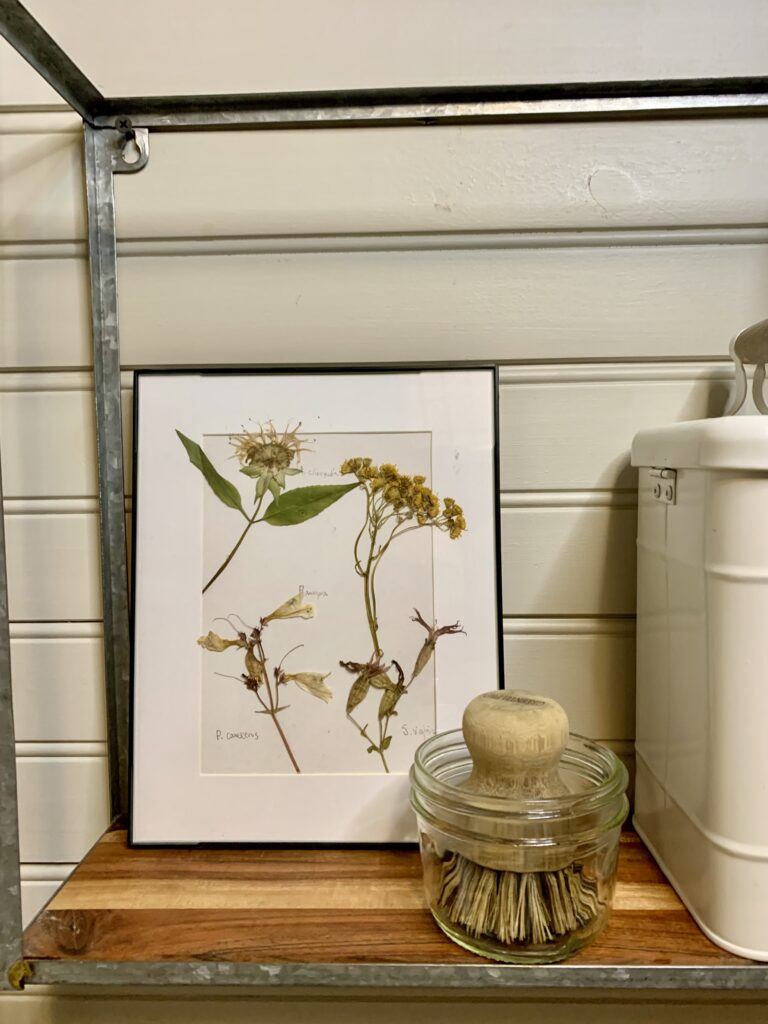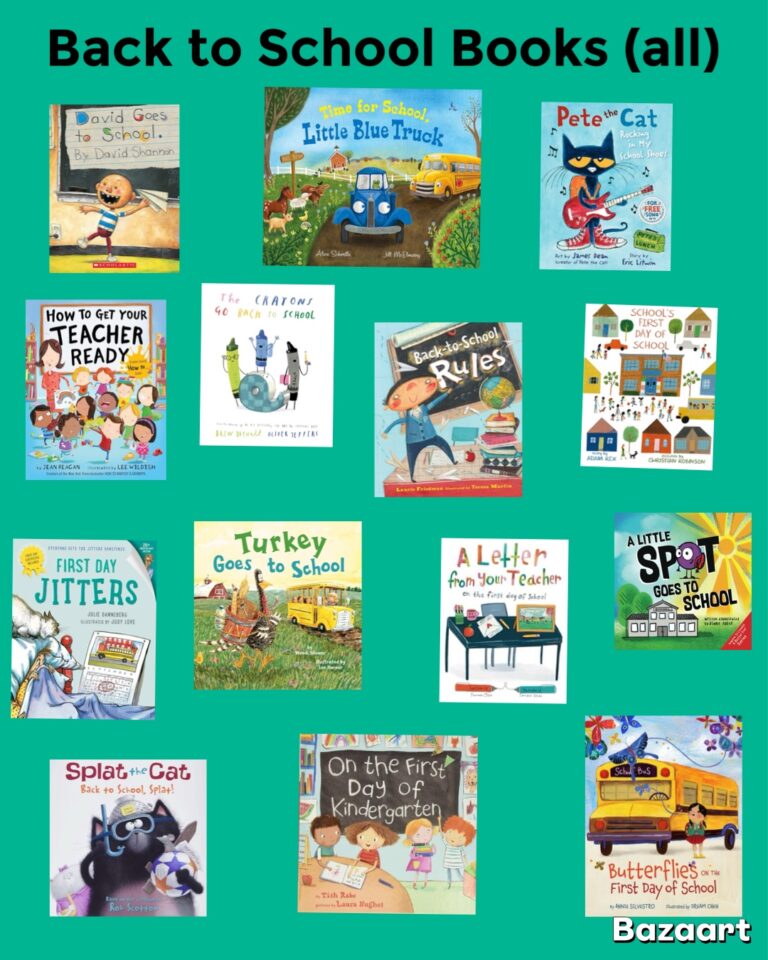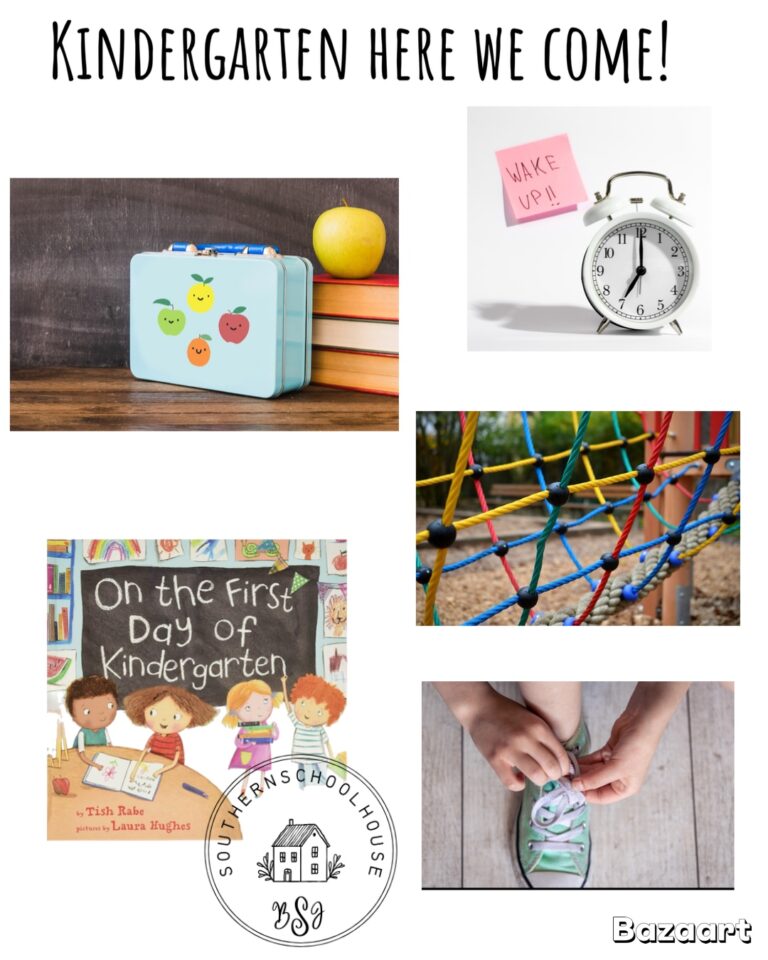By the Southern Schoolhouse
Looking for fun, low-cost ways to keep kids learning over the summer break? These ideas feel more like play than school, but still build skills, spark curiosity, and bring families together.
1. Let Reading Happen Naturally

Make reading part of everyday life, at breakfast, in the car, or before bed.
Example: Let your child choose a book series that is enjoyable. We have some examples in our “Family Library” section. It may be books that are a little more challenging but this is something you are doing together.
2. Make Every Walk a Nature Adventure
Explore your backyard or local park with curiosity. it may be a weekly Wednesday adventure.
Example: Look for signs of animal life, track different leaf shapes, or play “I Spy” with natural colors.

3. Cook Up Some Math in the Kitchen

Turn snacks into math lessons with measuring, fractions, and timing.
Example: Each Monday, could be kitchen day where you make different snacks for the week. Have your child double a pancake recipe or measure out 1/3 cup of sugar and explain why it’s different than 1/2.
4. Start a Family Journal or Scrapbook
Document summer memories while building writing and storytelling skills.
Example: Capture summer memories in a scrapbook by adding photos, drawings, or ticket stubs, then write a sentence or two to tell the story behind each one.
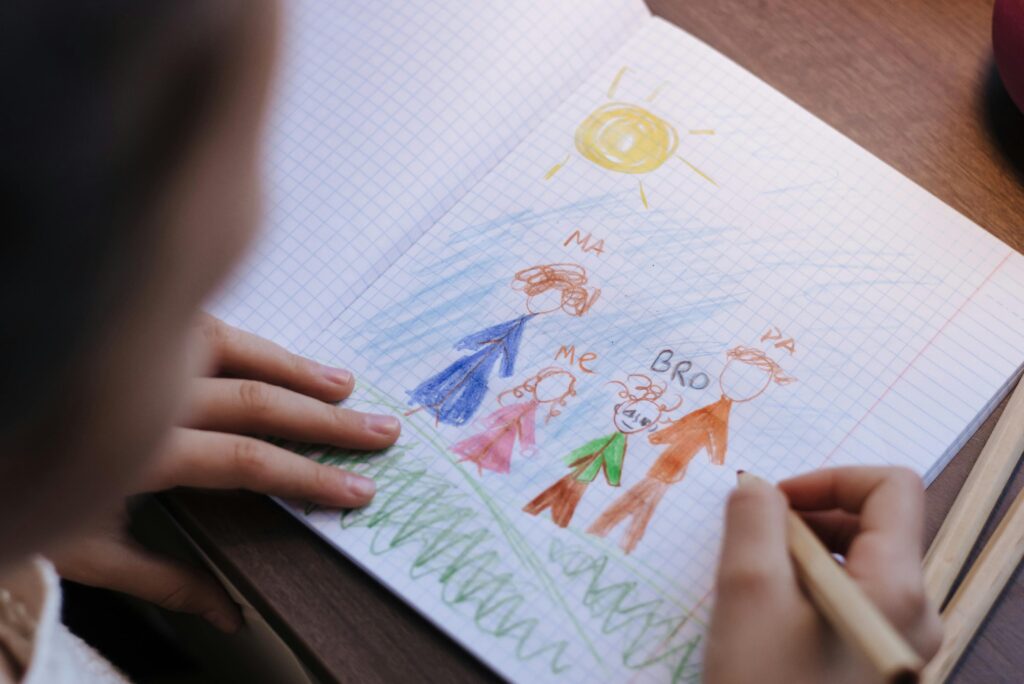
5. Use Board Games and Card Games for Sneaky Skill-Building
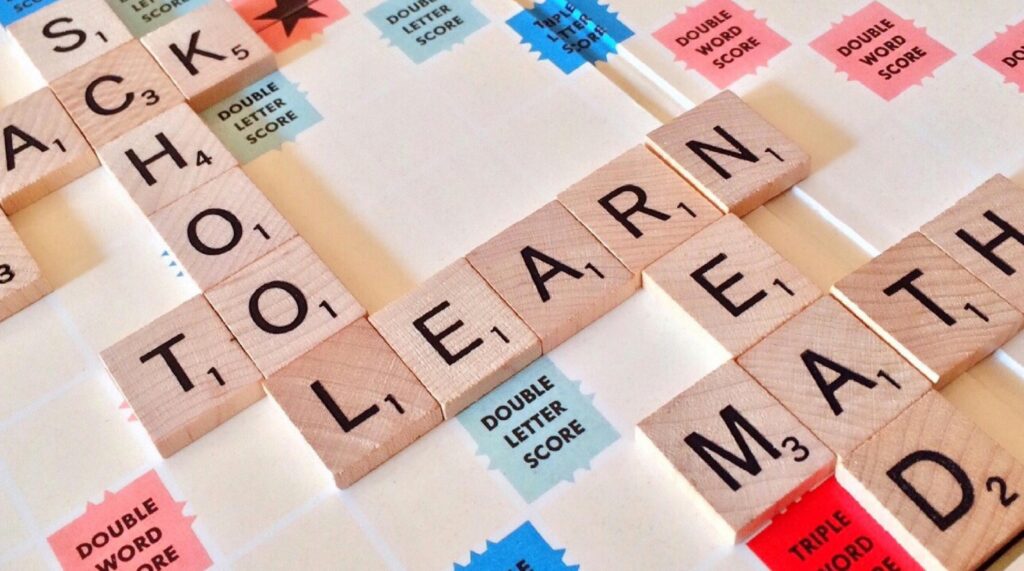
Games build math, reading, strategy, and social skills.
Examples:
*Uno: Great for color and number recognition, turn-taking, and quick decision-making.
*Scrabble or Bananagrams: Builds spelling, vocabulary, and flexible thinking.
*Yahtzee: Practice addition, probability, and pattern recognition.
*Guess Who? Sharpens deductive reasoning and descriptive language.
*Create-your-own bingo or trivia: Use fun facts from books, your town, or family memories.
6. Build Something for Their Space
Example: Put together a small bookshelf, storage bin, or furniture piece for their room, together. It’s a fun way to teach kids how to follow step-by-step instructions, problem-solve, and feel proud of what they’ve built.
Bonus Tip: Let them help read the manual, organize the parts, and use basic tools (with supervision). It’s real-life learning with a built-in confidence boost!

7. Have a Question of the Day

Spark conversations that get kids thinking and talking.
Example: “If you could visit any country, where would you go and why?” or “What superpower would be most useful in real life?”
8. Support a Family Project Like a Garden
Work together to tend to a garden or plant something new, and make it a daily routine.
Example: Each day, water the plants, check on their progress, and discuss what’s growing. Kids can help with planting seeds, tracking growth in a journal, or even learning about different types of plants and their needs
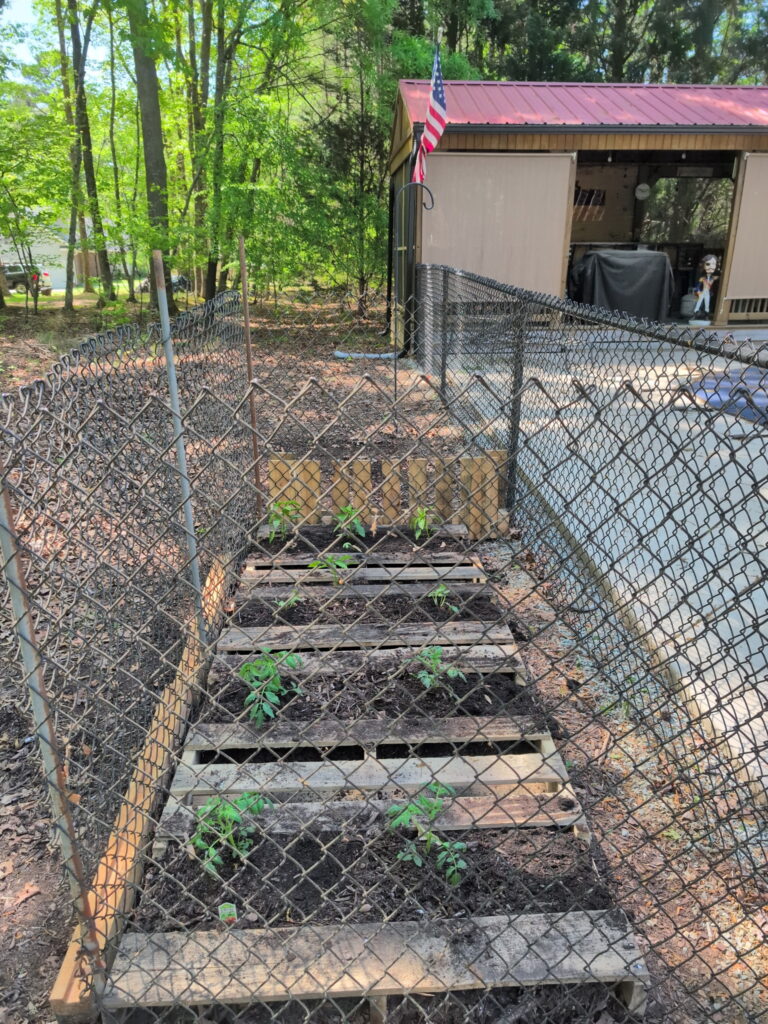
9. Create a Family “Curiosity Jar”

Fill a jar with big and small wonder questions, then research or imagine answers together.
Example: “Why do stars twinkle?” or “What would a dog say if it could talk?” Let kids take turns pulling a question each day.
10. Make Space for Boredom
It’s okay for kids to be bored, it often leads to creativity and problem-solving.
Example: Instead of rushing to fill every moment, let them figure out how to entertain themselves with what’s around them (not technology).

Just like teachers and parents/ grandparents, children need time to rest and recharge over the summer but with a little creativity, learning can still happen in fun, low-pressure ways

